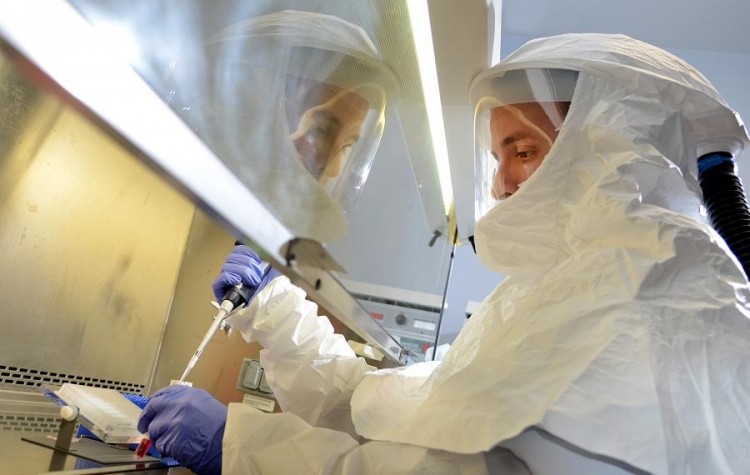Gain-of-function study finding may accelerate flu vaccine production

The researchers - whose study was published in Nature Communications last week – identified mutant strains of virus called A/Puerto Rico/8/34 (PR8) that reproduce more effectively in mammalian cell lines than the standard strain.
These mutants were used to engineer a high-yield ‘backbone’ made up of six of the eight genes normally present in wild-type virus.
The researchers from the University of Wisconsin combined this backbone with genes encoding viral hemagglutinin and neuraminidase – the proteins that vary in seasonal influenza strains – to create a virus that could be easily and rapidly mass produced in cell culture, or hens eggs, for vaccine manufacture.
The team wrote that the PR8 backbone they identified “could improve the titres of pandemic and seasonal influenza vaccines in both cultured cells and embryonated chicken eggs.”
The authors also said that “all experiments were completed before the US Government announced a research pause on certain gain-of-function studies on 17 October 2014."
Gain or loss?
The US Government announced it would temporarily stop funding so called gain-of-function studies last year while it considered the ‘risks’ posed by such research.
This deliberation – which is ongoing at the time of publication – is focused on whether experiments that improve the ability of a pathogen to cause disease – are a potential threat to public health or a necessary part of developing new vaccines and drugs.
Even before the funding pause, 'gain-of-function' studies were a subject of considerable debate in the scientific community. Some scientists argued that such experiments posed to great a risk to public health, while others argued it holds back important research.
World renowned virologist John Oxford from Queen Mary College, London raised such concerns in light of the new study, telling BioPharma-Reporter.com “This study is simultaneously very practical and very molecular as expected from the lab of the highly respected senior author.
“PR8 has been used as a backbone for flu vaccine production for decades on eggs. This was serendipitous. It was just asking for a study of this nature and congratulations to the group.
Professor Oxford went on to say that: “I do not support a ban on any scientific work anywhere and certainly not this gain of function” adding that “bans shackle pure science and discovery.”
Source: Nature Communications
Development of high-yield influenza A virus vaccine viruses
doi:10.1038/ncomms9148











